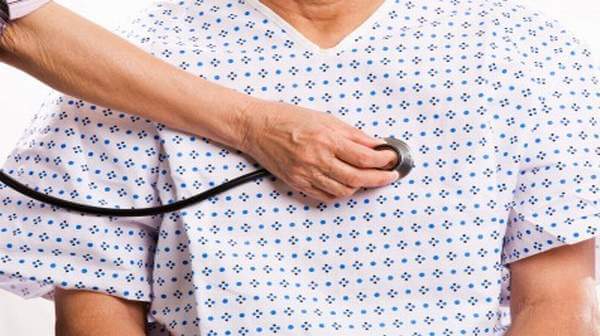
What's in this article?
Bradycardia Overview
Bradycardia is a slower than normal heart rate. The heart usually beats between 60 and 100 times a minute in an adult at rest. If you have bradycardia (brad-e-KAHR-dee-uh), your heart beats fewer than 60 times a minute.
Bradycardia can be a serious problem if the heart doesn’t pump enough oxygen-rich blood to the body. For some people, however, bradycardia doesn’t cause symptoms or complications.
An implanted pacemaker and other treatments may correct bradycardia and help your heart maintain an appropriate rate.
What causes Bradycardia?
Bradycardia can be caused by:
- Changes in the heart that are the result of aging.
- Diseases that damage the heart’s electrical system. These include coronary artery disease, heart attack, and infections such as endocarditis and myocarditis.
- Conditions that can slow electrical impulses through the heart. Examples include having a low thyroid level (hypothyroidism) or an electrolyte imbalance, such as too much potassium in the blood.
- Some medicines for treating heart problems or high blood pressure, such as beta-blockers, antiarrhythmics, and digoxin.
Bradycardia Symptoms
If you have bradycardia, your brain and other organs may not get the supply of oxygen they need. As a result, you may experience these bradycardia symptoms:
- Near-fainting or fainting (syncope)
- Dizziness
- Weakness
- Fatigue
- Shortness of breath
- Chest pains
- Confusion or memory problems
- Easily tiring during physical activity
When a slow heart rate is normal
A resting heart rate slower than 60 beats a minute may be normal for some people, particularly for healthy young adults and trained athletes. For these people, bradycardia isn’t considered a health problem.
Bradycardia Complications
Complications of untreated bradycardia vary depending on how slow the heart rate is, where the electrical conduction problem occurs and what kind of damage may be present in heart tissue.
If bradycardia is significant enough to cause symptoms, possible complications of the slow heart rate may include:
- Frequent fainting spells
- Inability of the heart to pump enough blood (heart failure)
- Sudden cardiac arrest or sudden death
How Bradycardia diagnosed?
Your doctor may take your pulse to diagnose bradycardia. Your doctor might also do a physical exam, ask questions about your past health, and do an electrocardiogram (EKG or ECG). An EKG measures the electrical signals that control heart rhythm.
Bradycardia often comes and goes, so a standard EKG done in the doctor’s office may not find it. An EKG can identify bradycardia only if you are actually having it during the test.
You may need to use a portable (ambulatory) electrocardiogram. This lightweight device is also called a Holter monitor or a cardiac event monitor. You wear the monitor for a day or more, and it records your heart rhythm while you go about your daily routine.
You may also have blood tests to find out if another problem is causing your slow heart rate.
How Bradycardia is it treated?
How bradycardia is treated depends on what is causing it. Treatment also depends on the symptoms. If bradycardia doesn’t cause symptoms, it usually isn’t treated.
- If damage to the heart’s electrical system causes your heart to beat too slowly, you will probably need to have a pacemaker. A pacemaker is a device placed under your skin that helps correct the slow heart rate. People older than 65 are most likely to have a type of bradycardia that requires a pacemaker.
- If another medical problem, such as hypothyroidism or an electrolyte imbalance, is causing a slow heart rate, treating that problem may cure the bradycardia.
- If a medicine is causing your heart to beat too slowly, your doctor may adjust the dose or prescribe a different medicine. If you cannot stop taking that medicine, you may need a pacemaker.
The goal of treatment is to raise your heart rate so your body gets the blood it needs. If severe bradycardia isn’t treated, it can lead to serious problems. These may include fainting and injuries from fainting, as well as seizures or even death.





